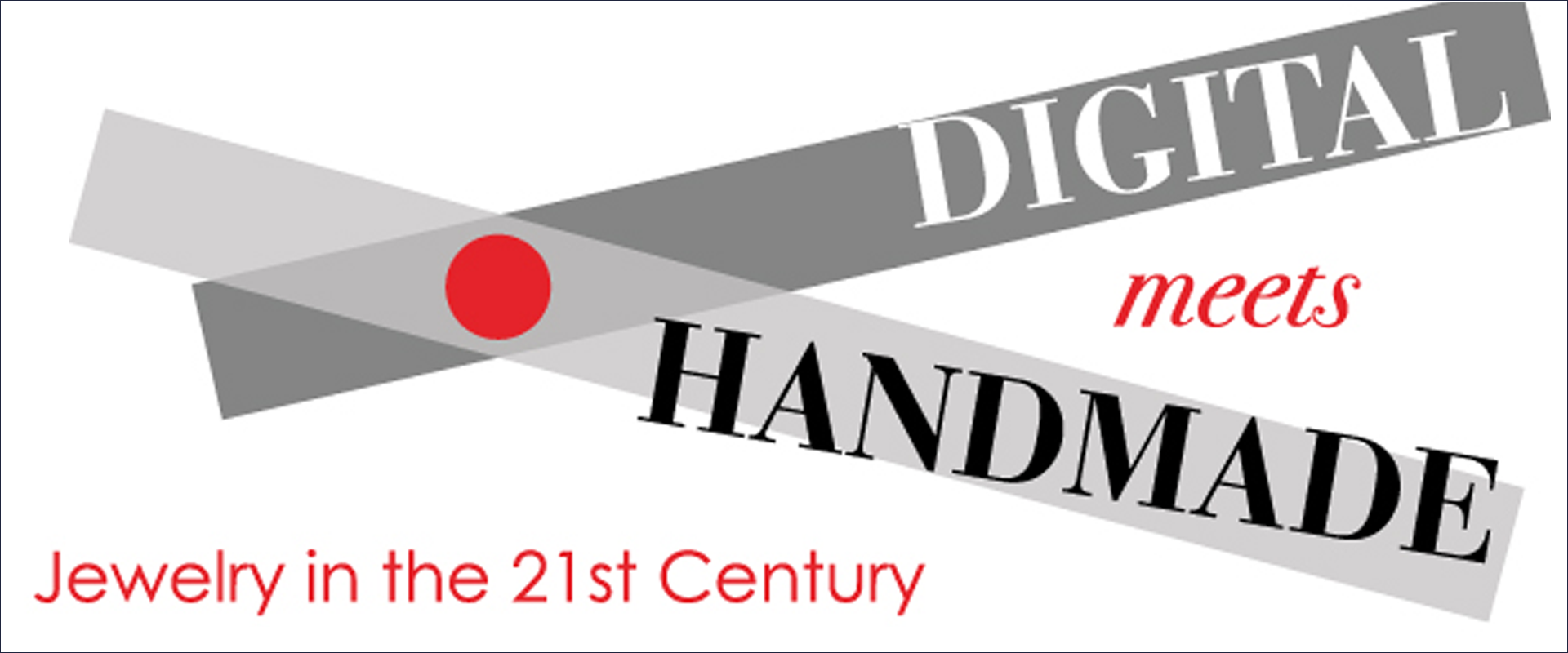Heller, L, and D. Millerson. Craft, Pedagogy and the Digital Challenge—A Jewelry Perspective. Digital Meets Handmade: Jewelry in the 21st Century, Fashion Institute of Technology, USA, 2018
As educators in the Material Art & Design program at OCAD University in Toronto, Canada, we have observed an increasing interest in “maker culture” as seen in the enrollment in our craft-oriented classes and in the rhetoric around contemporary studio learning by administrators. The re-engagement with craft is matched by the escalating involvement we have with the digital revolution. Our tools are becoming digitized along with our communication methods, our documentation
In this PowerPoint, we present perspectives on the teaching and learning of digital craft tools at OCAD University based on a current research project that began in 2017. Through a series of interviews with faculty, technicians and administrators who teach or facilitate digital technology, we have started to define some of the challenges and strategies for negotiating the space between traditional craft teaching and the use of digital tools. In a subsequent study conducted with our Faculty & Curriculum Development Centre, we have surveyed the experiences of students who are engaging with digital technology.
The findings from this investigation have been extensive, but we have initially identified six themes that have helped us to analyze our data. The first, “Resisting Binaries,” speaks to the reluctance of interviewees to parse the difference between the
Digital processes have been an exciting development at our institutions, but they have also led to the need for re-training, concerns of sustainability, and the desire to look at more complex paradigms. In a climate where crafts-based programs are often challenged to explain their relevance in contemporary post-secondary education, questions around the use of digital technology are compelling and



